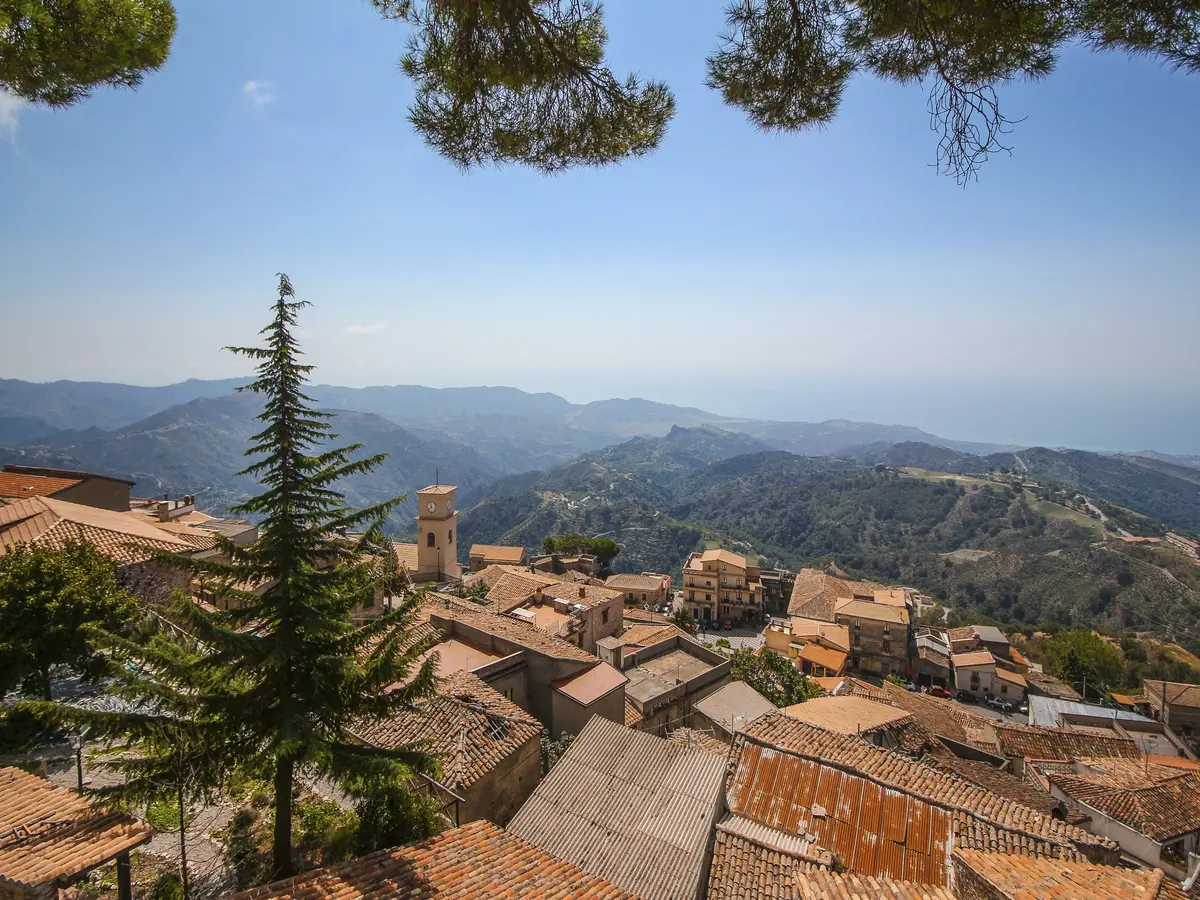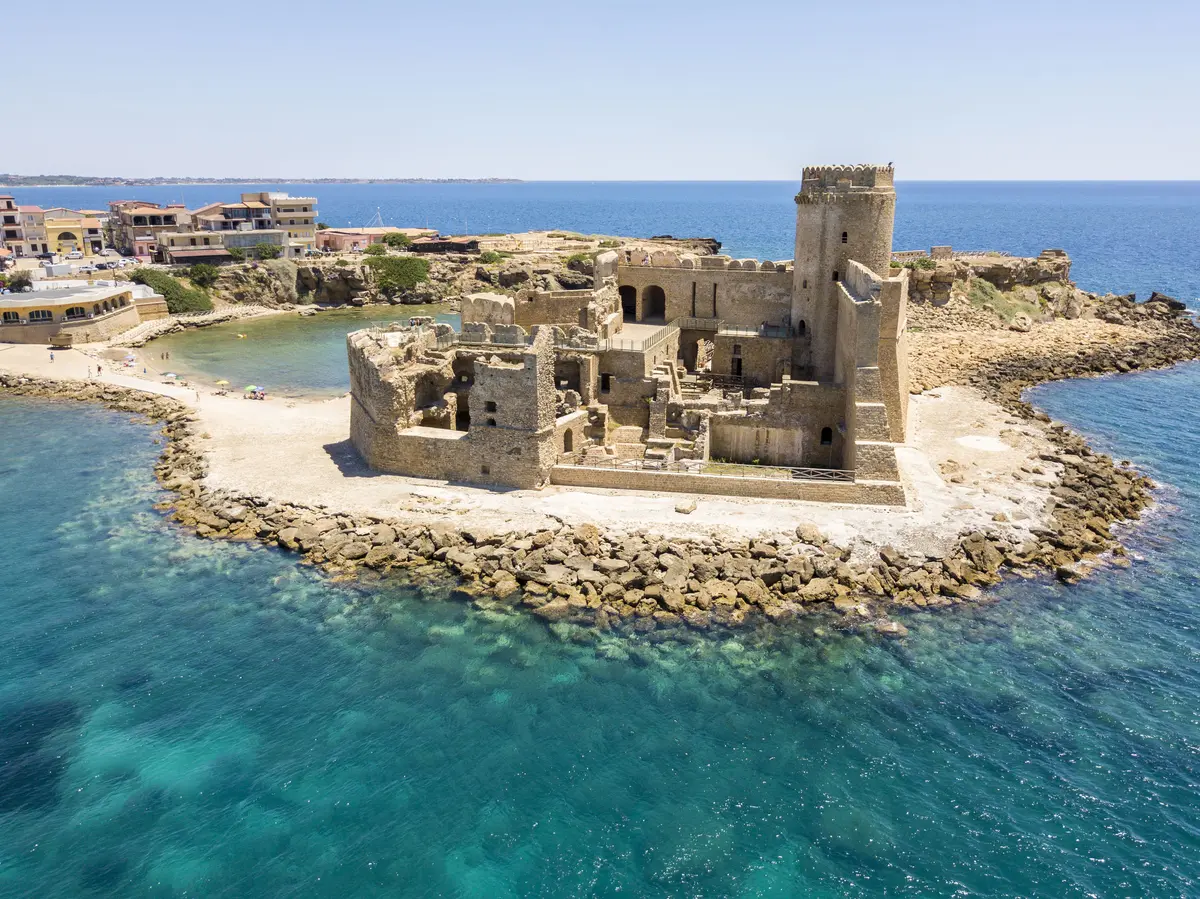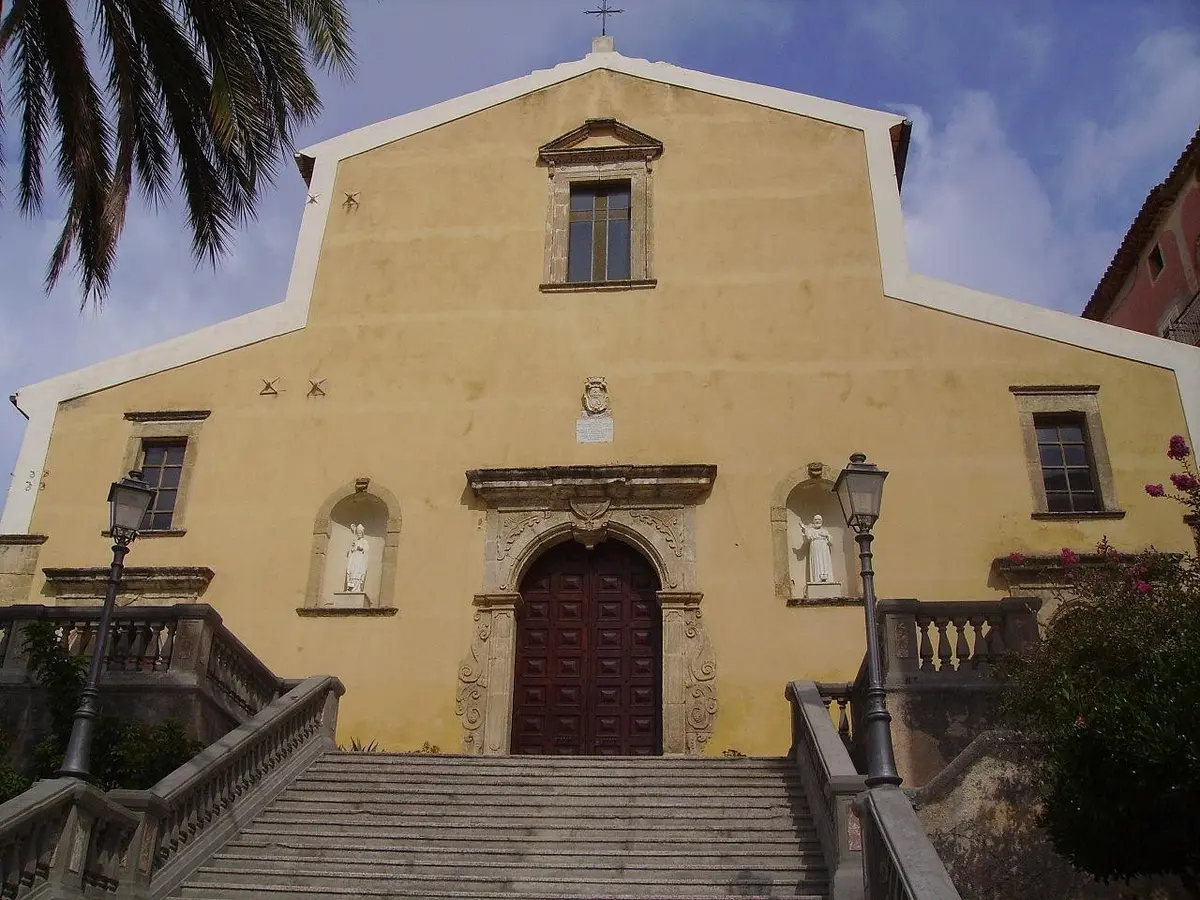On the traces of the Arabs-Saracens in Calabria
Arab-Turkish Calabria: culture, countries, language and gastronomy

Art and Culture
Castello di Amantea - Regione Calabria
A tangle of dominations, exchanges and cultures has crossed the beautiful "borderland" that is Calabria over the centuries, shaping its territory, inhabitants, customs, language and even the traditional dishes that are still served on the table today.
Among the most fascinating encounters/encounters, the one with Arabs and Saracens, in Calabria, undoubtedly contributed to imprinting an indelible trace of the Orient on the entire region, from north to south.
The Arabs first (9th century) and the Ottoman/Saracen Turks later (16th century) left important evidence of their passage, still evident today in an itinerary to discover Arab Calabria.
Journey to the Arab Emirates of Calabria
That's right! There were three emirates of Calabria: Amantea (CS), Santa Severina (KR) and Tropea (VV).
It is no coincidence that their respective historical centres, perched on an eternal line of defence, retain the urban layout of veritable qasbe (citadels, fortresses).
It was in the Christian year 801 when, from nearby Sicily, already part of the glorious Umayyad caliphate (Syrian dynasty of Damascus, founder of the Andalusian caliphate) Arab ships set sail for Byzantine Calabria to make it yet another land of conquest, starting with the first sacking of Reggio Calabria.
The attacks continued from 840 to around 856 and ended with the conquest of the three important outposts located between the coast and the hills, from which they launched new raids on the entire Calabrian-Apulian territory.
The present town of Amantea, in the Upper Tyrrhenian Sea of Cosenza, was conquered in 846. The name itself originates from that conquest, which decreed al-Mantiah ("The Fortress") an impregnable emirate, fortified on top of the panoramic hill overlooking the sea, where the remains of the Castle of Amantea still stand and, above all, of the building that scholars tend to identify as the ancient mosque at the time of the emir, the present Church of San Francesco.
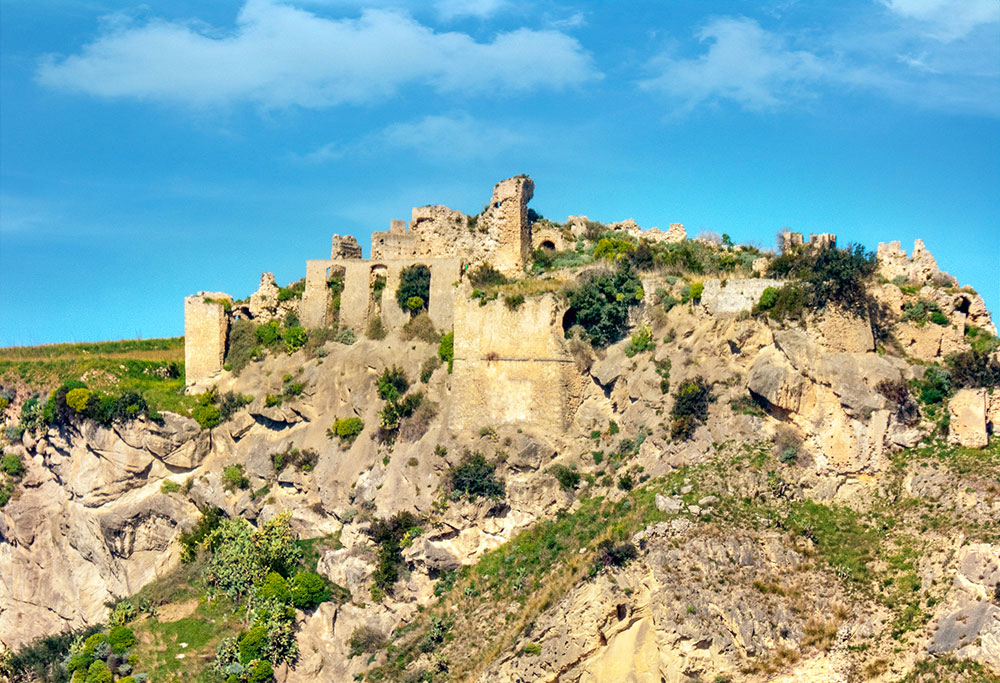
One of the few archaeological finds relating to the Amantea emirate is the fragment of a funerary stele found in today's Palazzo delle Clarisse (where it had been reused in the masonry) and visible in the National Archaeological Museum of Reggio Calabria, bearing two Koranic inscriptions in Arabic.
The entire historic centre, like so many other centres subjected to raids and sometimes conquests, has the characteristics of a qasbah of the East, in the succession of alleys, leaning houses, openings and small inner courtyards.
The same fate befell the town of Santa Severina, in the province of Crotone, which is now listed among The Most Beautiful Villages in Italy.
The Castle of Santa Severina, one of the best-preserved fortresses in Calabria, represents the Norman bulwark that King Robert Guiscard opposed to the Arab conquest in the 11th century, although the Arabs had inhabited and reinforced the ancient Byzantine kastron from 840 to 886, making a military complex complete with religious buildings.
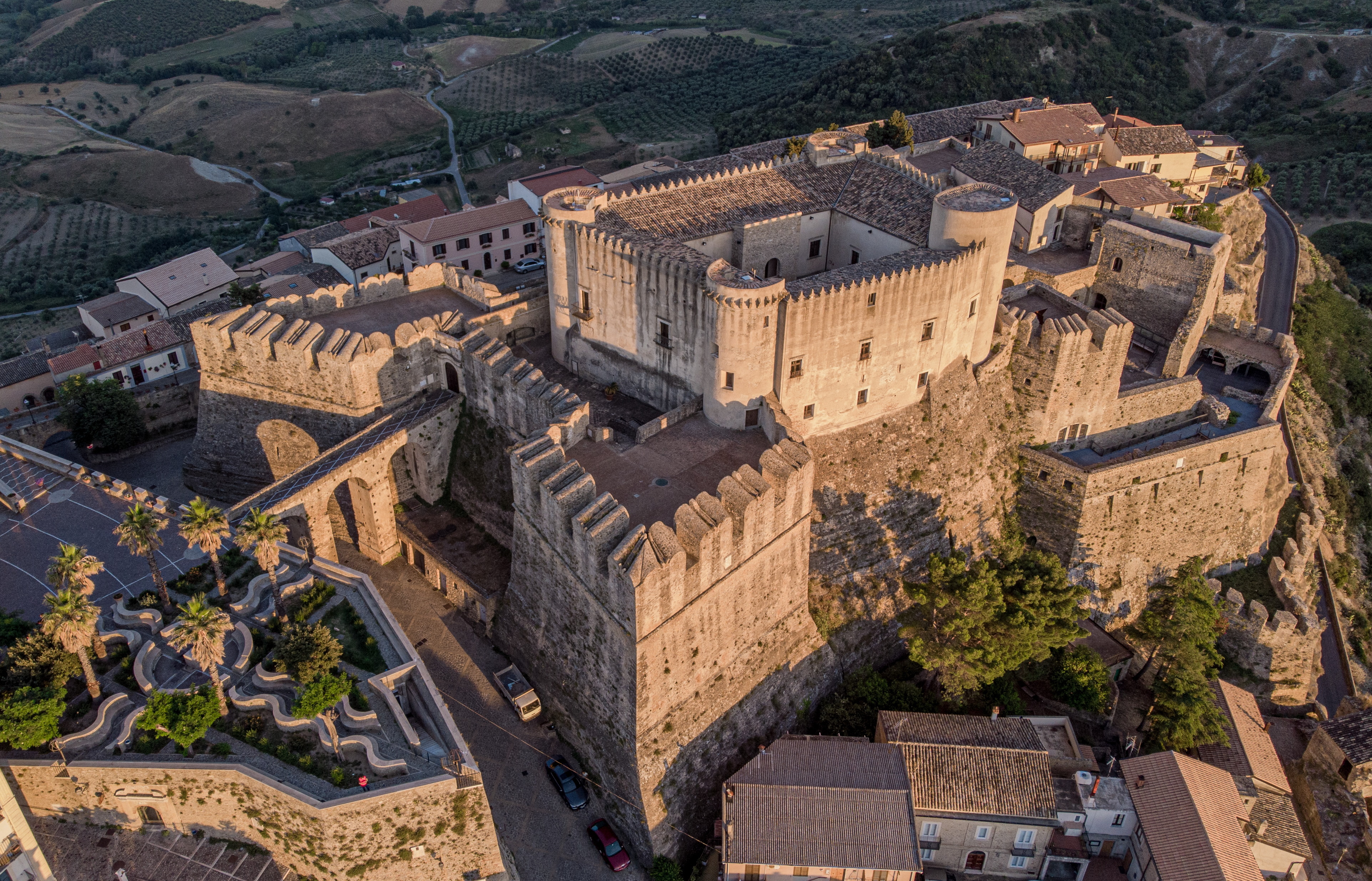
Finally, Tropea, now among The Most Beautiful Villages in Italy and a Blue Flag in the province of Vibo Valentia, taken by the Arabs in 851, retains traces of the ancient emirate in its urban fabric, set on the sea-view cliff overlooking today's Sanctuary of Santa Maria dell'Isola.
More than to Arab domination, Tropea still links one of its most heartfelt traditional festivals to the subsequent expulsion of the Saracens (i.e. the Ottoman Turks). As is well known, Tropean citizens participated en masse in the famous Battle of Lepanto (7 October 1571) under the command of the Tropean captain Gaspare Toraldo, contributing to the triumph of the Holy League. To commemorate the event, on 3 May each year the popular fest I Tri da' Cruci is celebrated, during which the silhouettes of a paper fleet and a camel are set on fireworks.
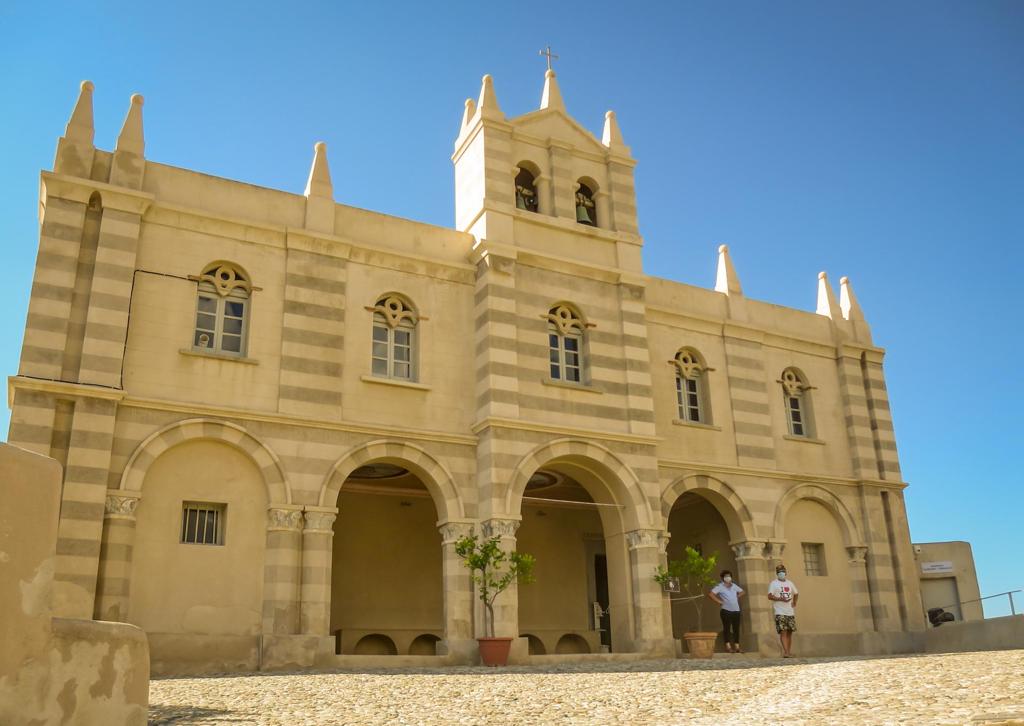
In addition to the layout of the three emirates, traces of the passage of the Arabs in Calabria can be found in many centres from north to south, from the Tyrrhenian to the Ionian, in the form of castles and engravings, such as the one that praises Allah on one of the columns of the Cattolica di Stilo, a jewel of Byzantine art in the province of Reggio Calabria, by virtue of which some scholars have hypothesised a re-use of the environment as a mosque.
Among The Most Beautiful Villages in Italy, Stilo, like Gerace and many other Calabrian villages, rises as a hilltop settlement to escape the constant assault of the marinas.
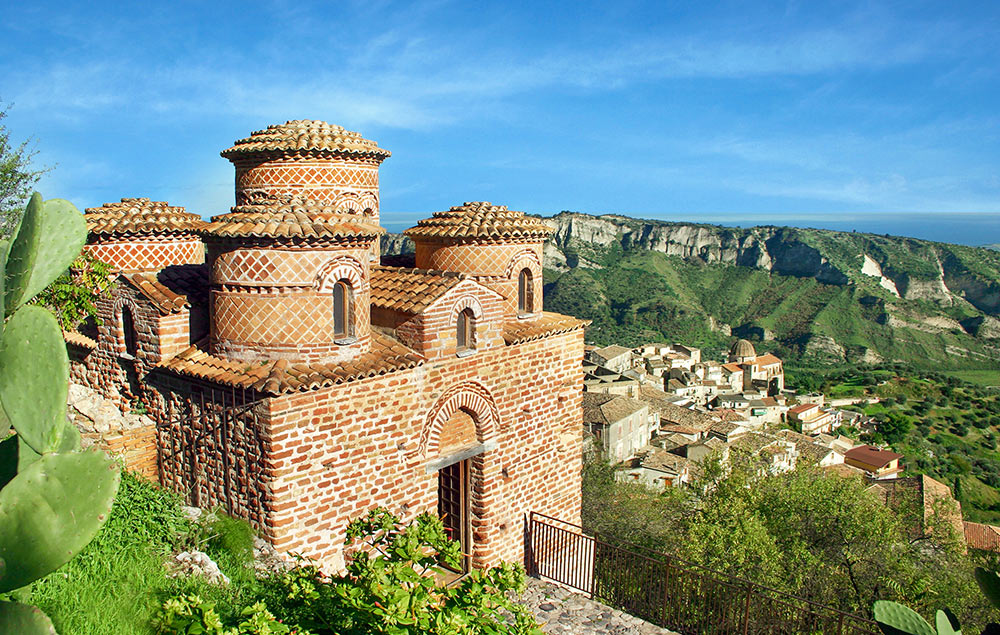
The spring of 1059 marked the end of Arab rule in Calabria in favour of the Normans, sanctioned with the capture of Reggio Calabria, but not the end of Arab culture in Calabria, which survives strongly in the sounds and dialectal words of Arab origin (gèbbia/gabya, water cistern; sciàrra/sciar, brawl; ambàtula/batil, useless, etc.), and in certain products and dishes typical of Calabrian cuisine (rice, salt, sugar cane, aubergines, etc.).
"Mamma li turchi!" Calabria and the Saracens
A land of conquest coveted by many, in the middle of the Middle Ages Calabria once again became the target of eastern peoples. This time of those "Saracens" proper, namely the Ottoman Turks of the sultans Selim I and Sulayman I (Suleiman the Magnificent), not to be confused with the Arabs of before (as the Turks have Indo-European origins).
At the height of its cultural and territorial expansion, in the 16th century the Ottoman Empire ruled the Mediterranean coasts, from Africa to Asia, and the territories of King Charles V, spreading panic along the entire Calabrian coast, from the Ionian to the Tyrrhenian Sea.
"From San Lucido to Stilo, from Camini to Trebisacce, there was no village or town that did not suffer devastation and looting, cruelty and unprecedented massacres, so much so that the population was sometimes forced to take refuge elsewhere."
Sources explain the need for the rulers of Spain to set up a real coastal defence system, made up of watchtowers (with horsemen) capable of signalling danger within hours by means of fires, smoke signals and the sounding of horns.
A system that was to no avail, for example, in the famous affair of Occhialì (better known as Uluç Ali) that took place in front of the sea fortress of Le Castella, in the current Marine Protected Area of Isola Capo Rizzuto, in the province of Crotone.
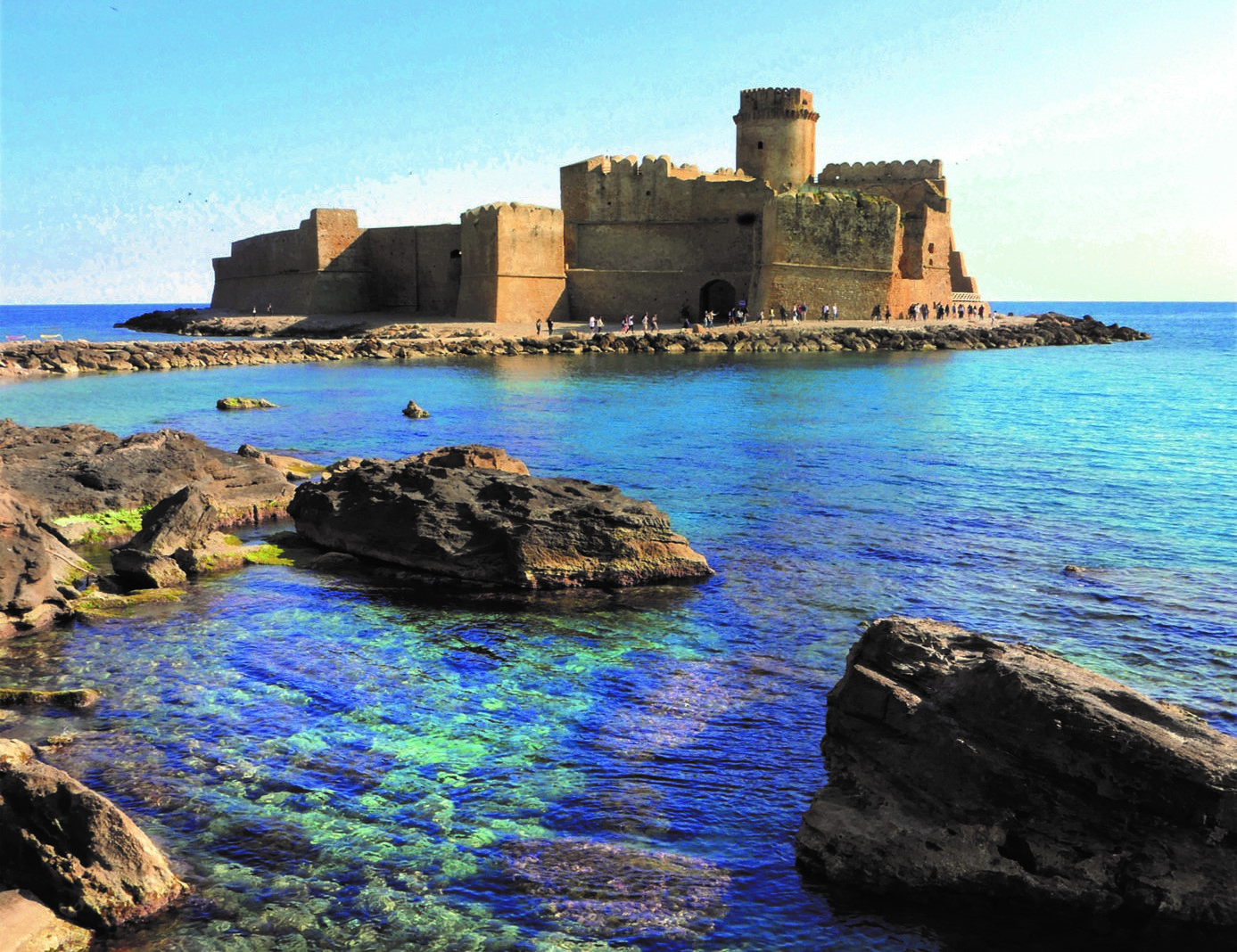
At the time, the story of the Calabrian child kidnapped by the Corsair Barbarossa in 1536 and destined to become the great pirate Uluç Ali, terror of the Mediterranean, must have caused quite a stir.
That is why to this day, the Piazzetta Uccialì, near the fortress, houses his bust: a moustachioed Saracen pirate whom the epigraph below informs us is "Giovanni Dionigi Galeni, Castella-Constantinople 16th century".
https://calabriastraordinaria.it/en/news/on-the-traces-of-the-arabs-saracens-in-calabria


